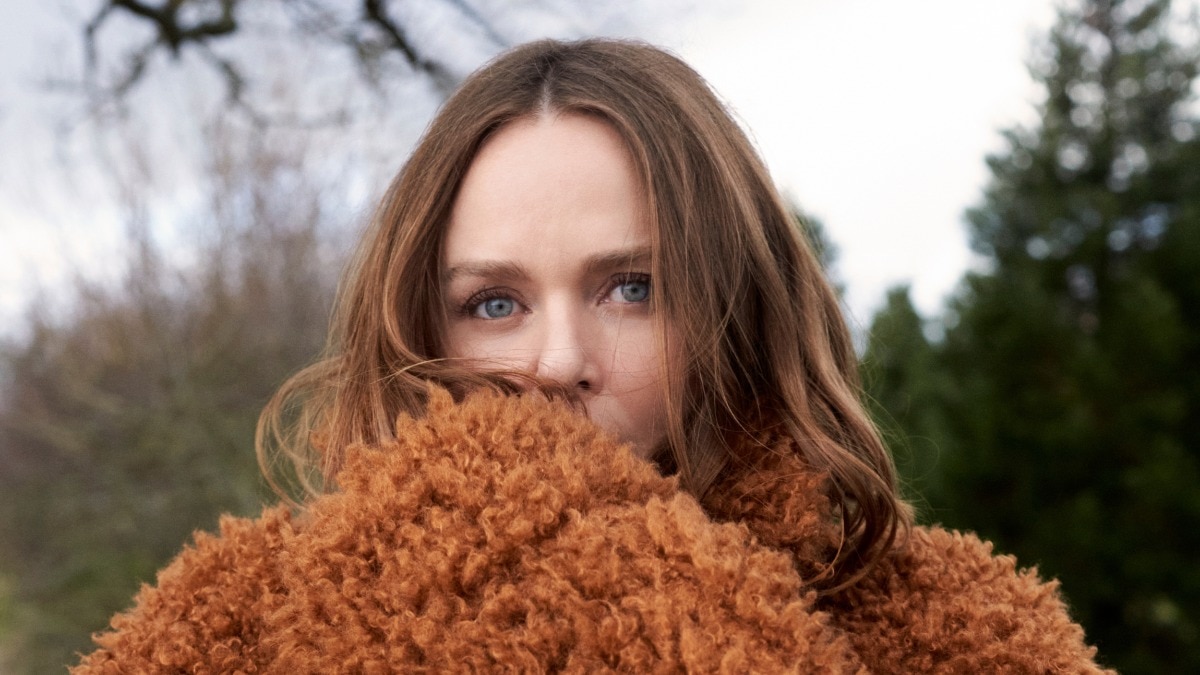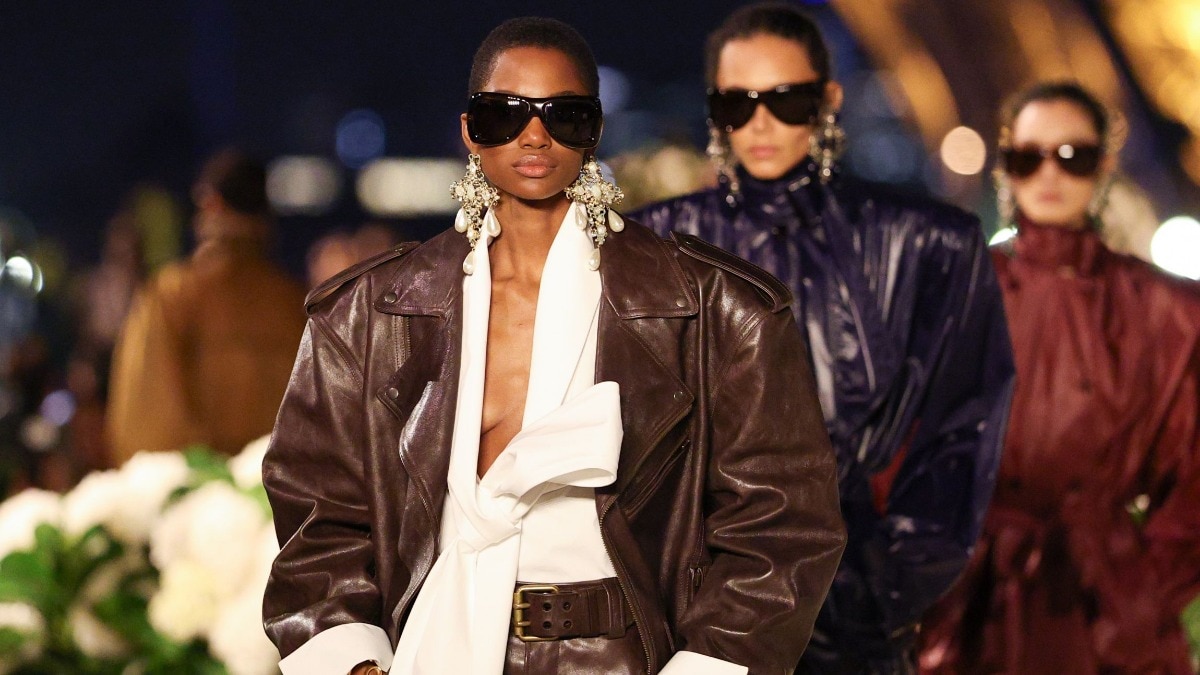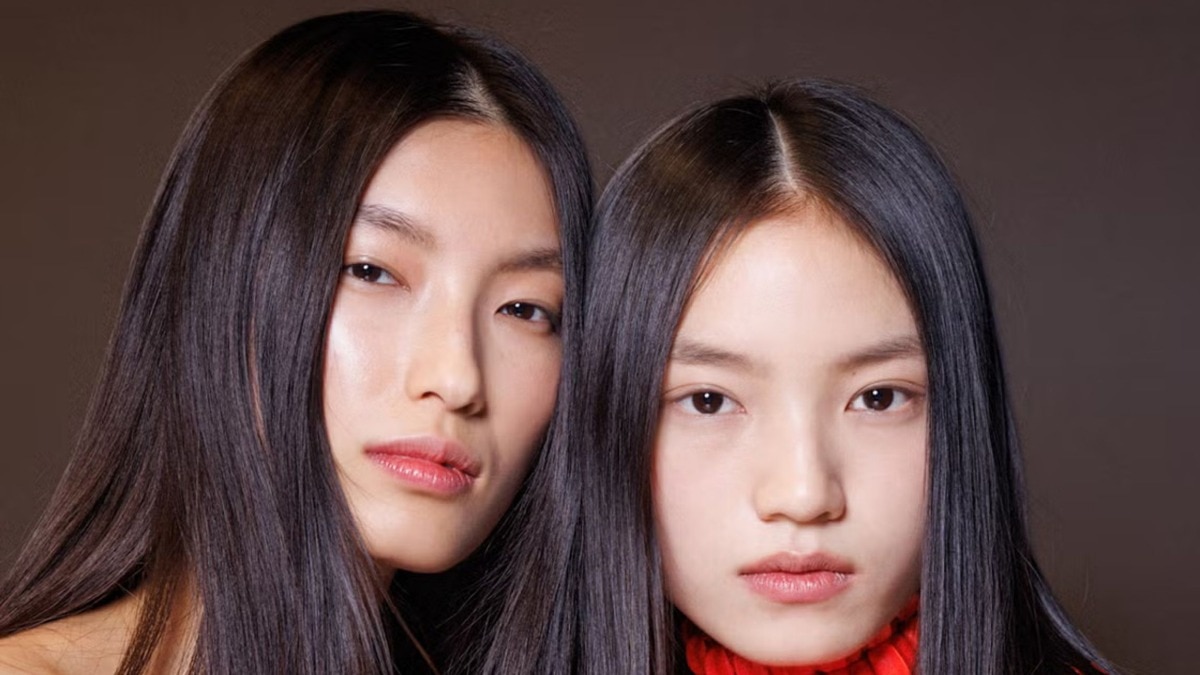
10 defining fashion moments that were futuristic, experimental, and spectacular
Redefining fashion, one idea at a time.


The fashion industry, as a whole, has always been built on a foundation of divining what’s next, forecasting not just what the world will be wearing in six months’ time but also acting as a vessel for a creative hive that indicates what direction the world is heading in. We revisit the epoch-making work of trailblazers who had an uncanny ability to turn their futuristic creative dreams into our reality.
Mcqueen for Givenchy

For his Givenchy Autumn/Winter 99 Fin de Siecle collection, Alexander McQueen created glow-in-the-dark pieces and shirts made out of circuit boards complete with battery-powered flashing LED lights. The show began with laser beams flashing and robot-looking models walking down a mirrored runway. The designer sought to showcase how he imagined the future of fashion to be, and it was not a reassuring vision.
ANREALAGE’S UV ALLURE

For the presentation of Andrealage’s Autumn/Winter 23 collection, a bar of ultraviolet light was lowered before the models on the runway. The light beams instantly ignited mesmerising chromatic patterns on their initially all-white clothing. The use of cutting edge technology, such as heat reacting fabrics, has become a trademark of the brand’s designer Kunihiko Morinaga.
BARBARELLA

Paco Rabanne’s avant-garde designs inspired the costumes for the 1968 cult film, Barbarella, starring Jane Fonda. His use of body moulds, metal and other unconventional materials was a departure from what had been seen in fashion up until that point. The movie’s iconic costumes are now etched into both cinematic and sartorial history.
THE KATE MOSS HOLOGRAM

For the finale of his Autumn/Winter 2006 Widows of Culloden show, Alexander McQueen projected a hologram of supermodel Kate Moss wearing a billowing white chiffon gown—an ethreal image that is still ingrained in the public consciousness to this day. Although a 19th century theatre technique, known as ‘Pepper’s Ghost’ was used, it was a technological feat to ensure that the hologram was visible from all sides, a full 360 degrees
TINA TURNER IN MAD MAX

In 1985, iconic singer Tina Turner also became a seminal sartorial character when she played the roll of villainess Aunty Entity in the film Mad Max: Beyond Thunderdome. Not only was her acting memorable, but the movie itself was beyond its time. It’s post apocalyptic theme, along with its visual effects, still continues to be referenced and has inspired a multitude of films and fashion designers to this day.
Alexander Mcqueen's Plato's Atlantis

The Spring/Summer 10 show, the designer’s last before his death, was a comment on Earth’s doomed fate and rising sea levels as a consequence of climate change. From 3D printed dresses to prosthetic make-up and futuristic 12-inch high ‘armadillo’ heels—the fashion was ahead of its time. Plato’s Atlantis was the first catwalk presentation to be live-streamed, which instantly democratised the concept of the fashion show—forever making it accessible to the masses.
The Matrix

The sci-fi blockbuster action film, The Matrix created by Lana and Lily Wachowski was not only revolutionary for its use of never-before-seen visual effects but also for its uber-modern fashion. From skinny sunglasses to all-black leather outfits, the film’s costumes have inspired a slew of designers over the years including John Galliano, Alexander Wang, Vera Wang and Demna Gvasalia.
3D-PRINTED DRESSES

The 3D-printing machines have been around since the 1980s, but in 2013, the first ever completely 3D printed dress was created by Michael Schmidt and Francis Bitonti. Since then, 3D printers have become a common tool used by many designers, most notably Iris Van Herpen, to bring their fashionable creations to life. Now, 3D-printed dresses can be spotted at red-carpet galas, in a myriad of fashion shows and can even be purchased in stores.
Alexander Mcqueen and Shalom Harlow

Alexander McQueen left his audience transfixed when he closed his Spring/Summer 99 runway show, with two menacing robots aggressively spray painting a white tulle dress worn by model Shalom Harlow as she stood between them on a revolving turntable. This provocative stunt was a milestone—and the harbinger of fashion shows as spectacle.
Coperni's Spray-on dress

Minimalist French fashion brand Coperni created a viral fashion moment for the finale of its Spring/Summer 23 show. The designers had supermodel Bella Hadid stand still on the runway as two people spray painted a dress onto her body in real time. The garment was created with Fabrican—a patented spray-on fabric designed at the London Bioscience Innovation Centre. The material is fully recyclable as it can be washed, reused and even dissolved for re-spraying.










